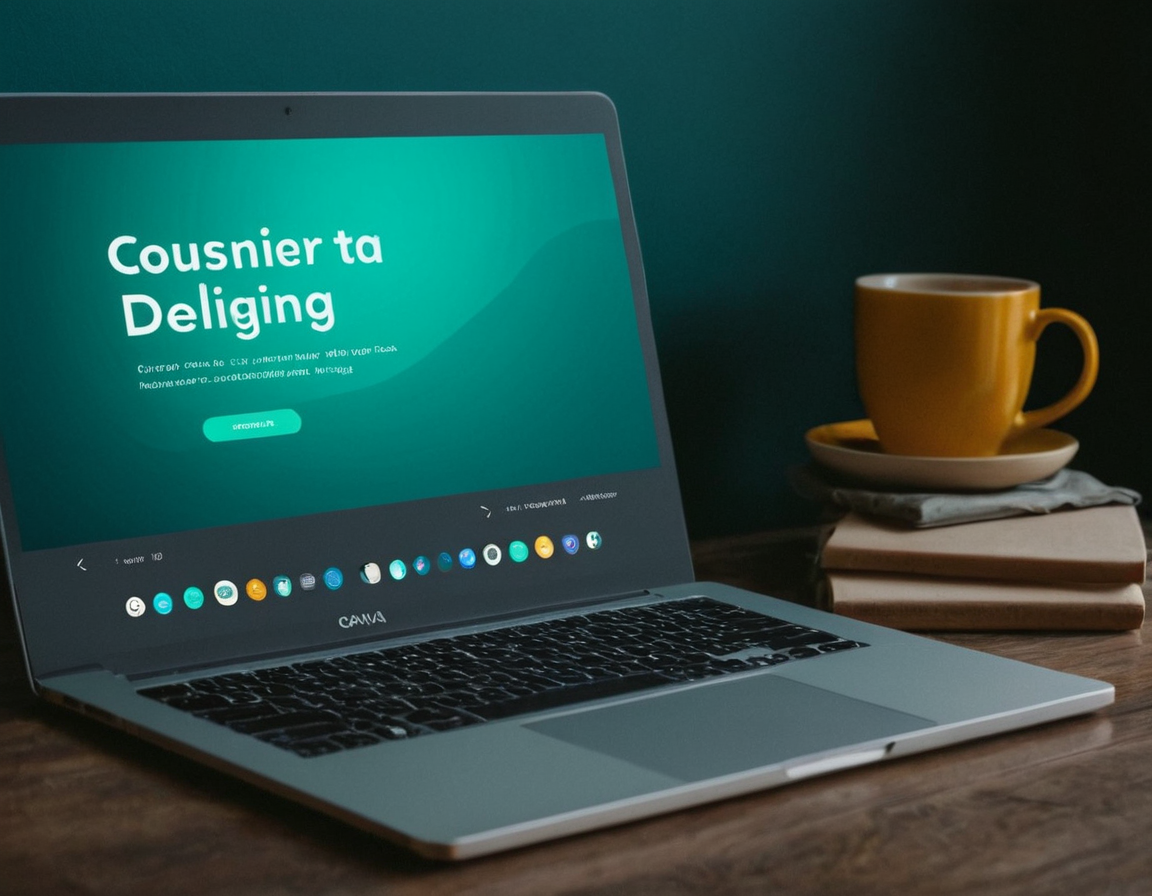Canva & Free AI: Graphic Design Pros vs Cons

The Pros and Cons of Using Free AI Text-to-Image Generators for Graphic Design on Canva
As the design landscape continues to evolve, graphic designers are faced with an increasing number of options when it comes to creating visually appealing content. One such option is the use of free AI text-to-image generators for graphic design on platforms like Canva. While this approach may seem tempting due to its convenience and cost-effectiveness, it’s essential to weigh the pros and cons before making a decision.
Introduction
Canva has become an indispensable tool for designers, offering a vast array of templates, customization options, and collaboration features. However, with the advent of AI-powered text-to-image generators, the question arises: is this technology a game-changer or a design minefield? In this article, we’ll delve into the world of free AI text-to-image generators on Canva, exploring their benefits and drawbacks.
What are Free AI Text-to-Image Generators?
For those unfamiliar, AI text-to-image generators use machine learning algorithms to create images based on text prompts. This technology has been gaining traction in recent years, with numerous platforms offering free or paid options for designers.
Pros
1. Time-Saving
One of the most significant advantages of using AI text-to-image generators is the sheer amount of time it saves. Designers can generate high-quality images quickly, without needing extensive design experience or software expertise. This convenience is particularly beneficial for small businesses, freelancers, or those with limited resources.
2. Versatility
AI generators offer a vast range of styles, from realistic to abstract, and can be used to create a wide variety of content, including social media graphics, blog posts, and more. This versatility makes them an attractive option for designers looking to diversify their portfolios or cater to diverse client needs.
3. Accessibility
Free AI text-to-image generators on Canva eliminate the need for expensive design software or extensive training. This accessibility makes high-quality graphic design more inclusive, allowing individuals from all walks of life to participate in creative endeavors.
Cons
1. Lack of Control
Designers often sacrifice control over the final product when relying on AI generators. The output may not align with their brand identity, tone, or messaging, potentially resulting in subpar content that undermines their reputation.
2. Quality Concerns
While AI text-to-image generators have improved significantly, they still struggle to match human-level design expertise. The generated images may lack nuance, depth, or emotional resonance, which can negatively impact engagement and conversion rates.
3. Dependence on Data
AI generators are only as good as the data they’re trained on. If this data is biased, outdated, or incomplete, the output will reflect these shortcomings. This raises concerns about the potential for perpetuating existing design biases or promoting misinformation.
Practical Examples
While we won’t delve into code examples in this article, we can explore how AI text-to-image generators might be used in a real-world scenario:
- Creating social media graphics for a new product launch
- Designing blog post illustrations to break up content and enhance user experience
- Developing abstract backgrounds for presentations or pitches
[EXAMPLE_START:python]
This is where the code would go
print(“But only if it’s absolutely necessary”)
[EXAMPLE_END]
Conclusion
The use of free AI text-to-image generators on Canva presents a double-edged sword. While they can save time and offer versatility, the lack of control over the final product, quality concerns, and dependence on data are significant drawbacks. As designers navigate this complex landscape, it’s essential to weigh the pros and cons carefully.
**So, will you be jumping into the world of AI text-to-image generators or sticking with traditional design methods? Share your thoughts in the comments below!
About Michael Brown
I help power gophotos.com by crafting engaging content around AI-driven image tools, photography techniques, and smart editing strategies. With a background in digital media, I bring a creative eye to the intersection of tech and visual storytelling.
